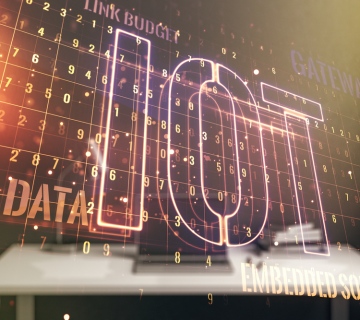Every educator knows that learning isn’t something done only in class or under the supervision of a teacher. Nowadays, it is often difficult to reach every student in the class using the same curriculum approach. Prospective teachers have endless resources to guide students to higher levels of learning. The development of computer technology in the last decade has had a profound effect on many schools and classrooms throughout the world. The scope of this project considers many ways of technology that can be used in the educational environment. Also, the role of educators in the teaching process in schools is not uniform but depends on institutional characteristics, teaching and learning conceptions, individual experiences, and teacher personality types. New technologies will not fundamentally change the role of educators. It has a significant impact on how various teaching approaches can be applied in radically different technological and organizational environments.
In the learning process, the highlights are the importance of technological resources. This process shows that technology is used for the development of content that emphasizes the importance of teachers as mediators. Remote teachers and learners learn to be physically separate and instructional material delivered through the telecommunications system. Distance learning is a form of learning where students are separated from their instructors by time and space. The distance education system consists of various complex infrastructure and personnel. Some points need to be considered such as instructional, technological, implementation, and organizational issues. As in any system, separate components must work together effectively so that the whole distance education system can run holistically.
The presence of educational technology is increasingly developing in the classroom. Teachers as educators must be prepared to work with this technology. This education type plays a vital role in learning and acquires a variety of cognitive knowledge so that educational technology must be incorporated into the future curriculum. The application of educational technology improves cognitive skills and characteristics. Resources and services need to be coordinated with colleagues and other professionals. The role of this new technology is challenging and requires the need for a different approach to teacher professional development. In the field of higher education, in particular, virtual learning environments are sometimes combined with management information systems to create a managed learning environment. New physical universities and online colleges offer academic degrees and elective certificates through the Internet. Some programs require students to take several classes or orientation on campus, but many are sent entirely online. Several universities are offer online student support services, such as advising and online registration, e-counseling, purchasing online textbooks, and student newspapers.




